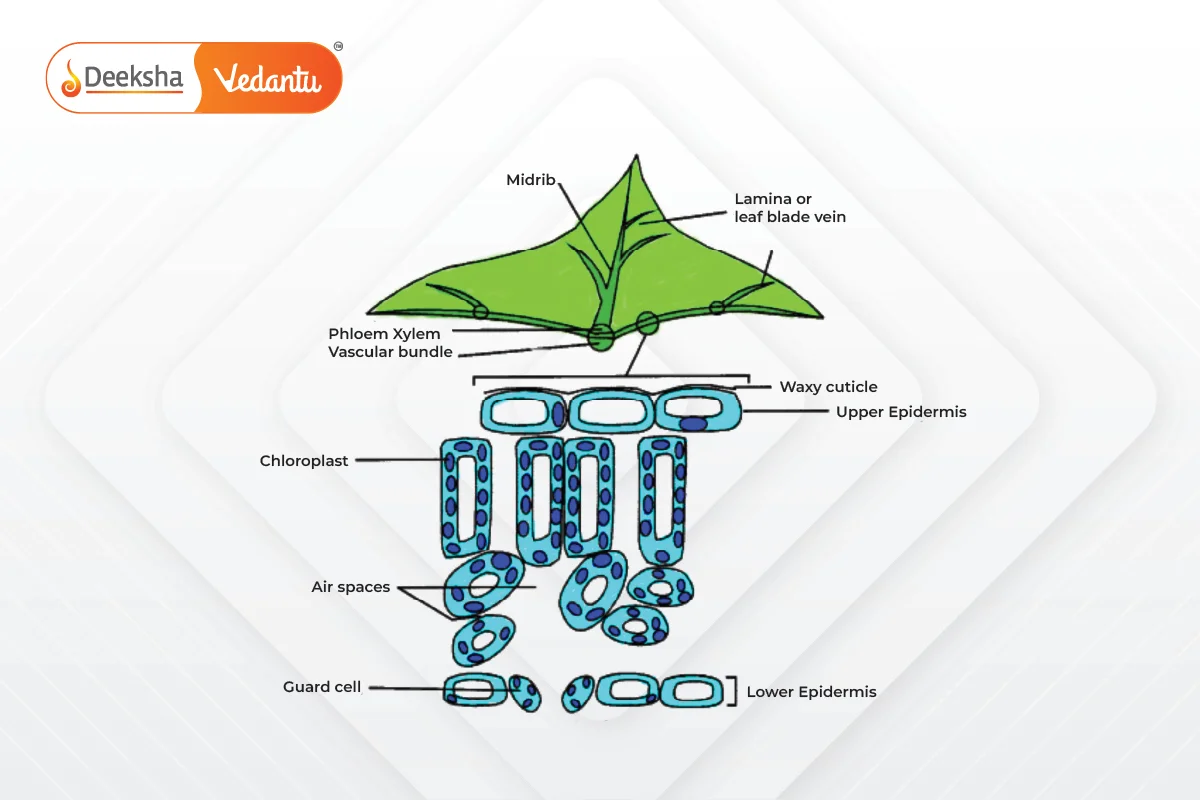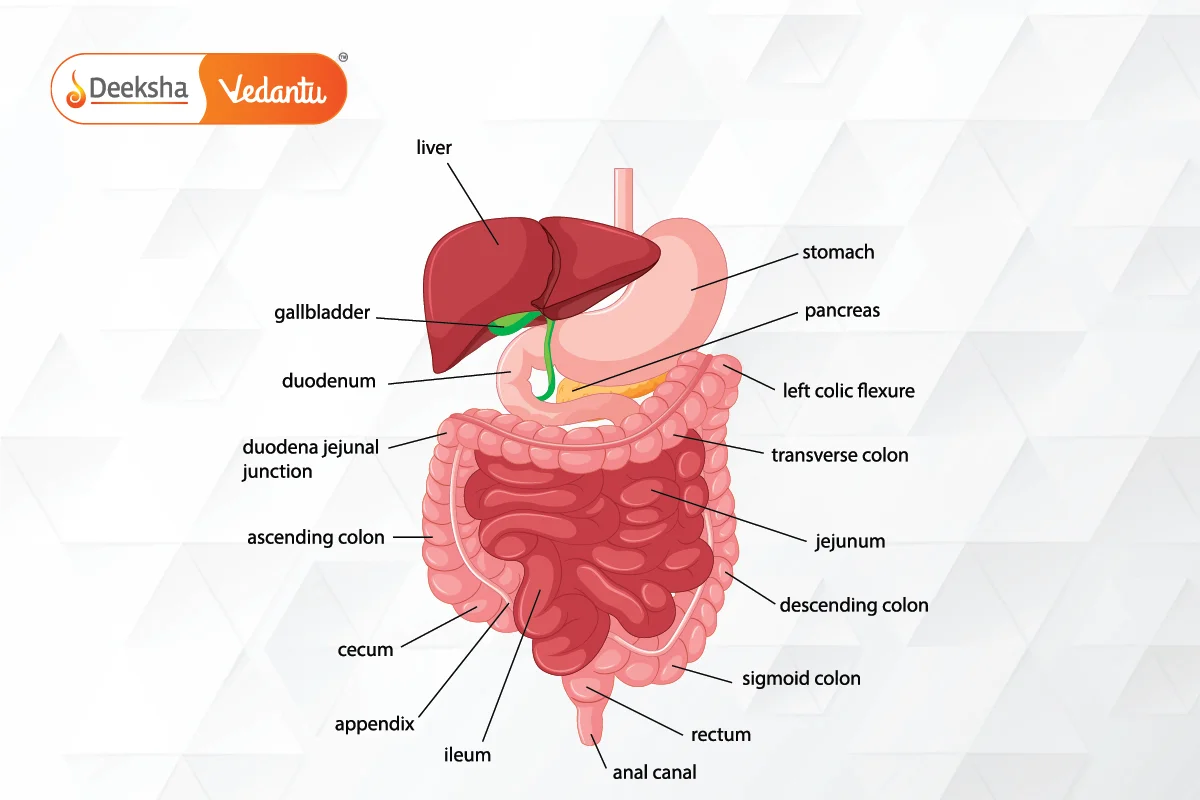Nutrition is one of the essential life processes in living organisms. It is the process through which organisms obtain and utilize food to meet their energy requirements, promote growth, and maintain their bodies. The two main modes of nutrition are autotrophic and heterotrophic, depending on how organisms obtain their food.
Types of Nutrition
Autotrophic Nutrition
Autotrophic nutrition occurs in organisms that can synthesize their food using simple inorganic materials like carbon dioxide and water. The process used for this is photosynthesis, which converts light energy into chemical energy stored in glucose. Plants, algae, and some bacteria exhibit autotrophic nutrition.
- Photosynthesis Equation:
- Steps of Photosynthesis:
- Absorption of light energy by chlorophyll.
- Splitting of water molecules into oxygen and hydrogen.
- Conversion of light energy to chemical energy.
- Reduction of carbon dioxide to glucose

- Importance of Photosynthesis:
- Produces food (glucose) for autotrophs.
- Releases oxygen into the atmosphere.
- Supports life on Earth by providing energy for other organisms.
Heterotrophic Nutrition
Heterotrophic nutrition is the mode of nutrition in organisms that cannot synthesize their own food. Instead, they rely on autotrophs (directly or indirectly) for their nutritional needs. Animals, fungi, and many bacteria exhibit heterotrophic nutrition.
Types of Heterotrophic Nutrition:
- Holozoic Nutrition: Ingesting and digesting solid food (e.g., humans, lions).
- Saprophytic Nutrition: Feeding on dead and decaying matter (e.g., fungi, mushrooms).
- Parasitic Nutrition: Deriving nutrition from a living host without killing it (e.g., tapeworms, ticks).
Nutrition in Plants – Autotrophic Mode
In plants, the process of nutrition is autotrophic. Plants absorb sunlight through their leaves, and carbon dioxide through tiny pores called stomata. Water and minerals are absorbed through the roots and transported to the leaves via xylem. Photosynthesis takes place in chloroplasts (cell organelles), and the glucose produced is stored as starch in plants for future use.
Activity for Photosynthesis in Plants:
- Take a potted plant with variegated leaves and perform the iodine starch test after keeping the plant in sunlight for a few hours. The test confirms the presence of starch, demonstrating that photosynthesis has occurred.
Nutrition in Humans – Heterotrophic Mode
Human beings follow holozoic nutrition, where food is ingested, digested, absorbed, and egested through a specialized digestive system.
Digestive System Components:
- Mouth: The digestion of carbohydrates begins in the mouth. The enzyme salivary amylase in saliva breaks down starch into maltose.
- Stomach: The stomach secretes gastric juice containing hydrochloric acid and the enzyme pepsin, which digests proteins.
- Small Intestine: The pancreatic juice and bile aid in the digestion of fats, proteins, and carbohydrates. The villi in the small intestine absorb digested nutrients into the bloodstream.
- Large Intestine: Absorbs water from the undigested food. The remaining waste is eliminated from the body through the anus.

Real-Life Applications
- Balanced Diet: Understanding the importance of nutrition helps in promoting balanced diets, ensuring that organisms get all the essential nutrients for proper functioning.
- Agriculture: Knowledge of photosynthesis aids farmers in improving crop yields by providing adequate water, nutrients, and sunlight to plants.
Practice Questions
Q1: What are the differences between autotrophic and heterotrophic nutrition?
- Answer: Autotrophic nutrition involves the synthesis of food by organisms (e.g., plants) using sunlight, carbon dioxide, and water. Heterotrophic nutrition involves obtaining food from other organisms, either by ingestion or absorption (e.g., humans, fungi).
Q2: Explain the role of the small intestine in digestion.
- Answer: The small intestine is the primary site of digestion and absorption. It receives bile from the liver and pancreatic juice from the pancreas, which aid in digesting fats, proteins, and carbohydrates. The digested food is absorbed by the villi into the bloodstream.
Q3: What is the function of chlorophyll in photosynthesis?
- Answer: Chlorophyll absorbs sunlight, which provides the energy required to drive the process of photosynthesis in plants.
FAQs
Autotrophs synthesize their food through processes like photosynthesis, while heterotrophs rely on other organisms for their food.
Nutrition provides organisms with the necessary energy to carry out life processes, promotes growth, and maintains the body’s functions.
Enzymes act as catalysts that break down complex food molecules into simpler ones, which can then be absorbed and used by the body for energy and growth.
Specialized tissues, such as xylem in plants for water transport and red blood cells in animals for oxygen transport, allow organisms to efficiently carry out life processes and sustain themselves.
Energy is produced through the breakdown of glucose during respiration. This process generates ATP, which is used by cells to perform various functions.
Life processes such as nutrition, respiration, transportation, and excretion ensure that organisms maintain homeostasis, grow, and reproduce. Without these processes, organisms would not be able to survive.
Double circulation ensures that oxygen-rich blood is separated from oxygen-poor blood, improving the efficiency of oxygen delivery to body tissues.
While photosynthesis produces glucose (food), respiration breaks down glucose to release energy for cellular activities. Both processes are necessary for survival.
Enzymes catalyze the breakdown of large food molecules into smaller, absorbable molecules. For example, amylase breaks down starch into maltose.








Get Social